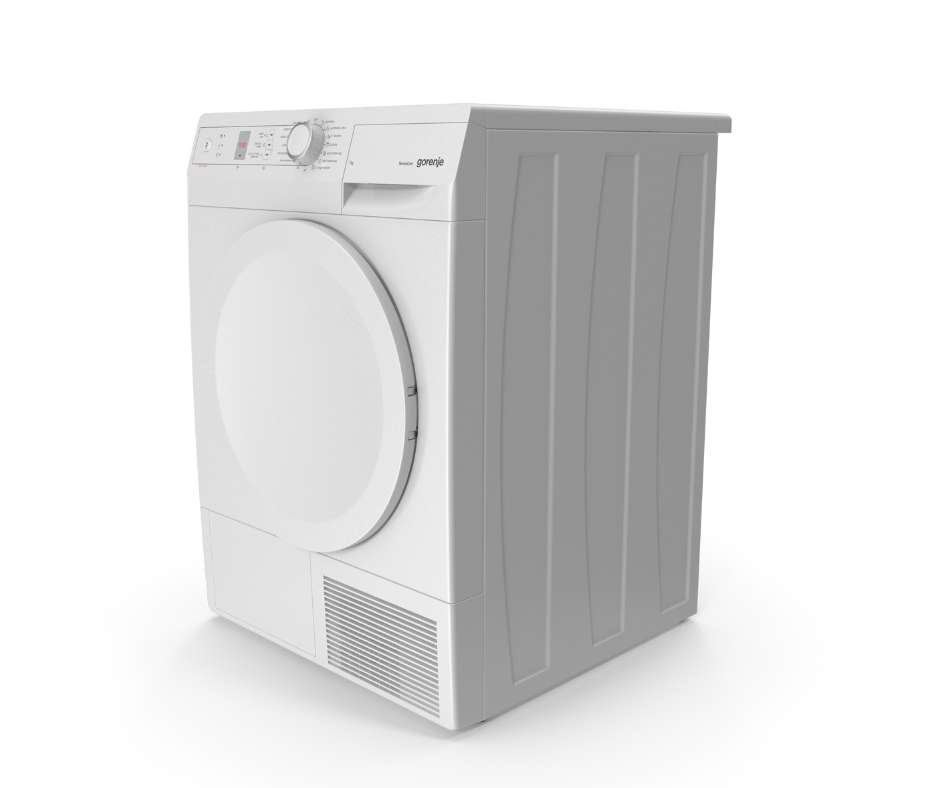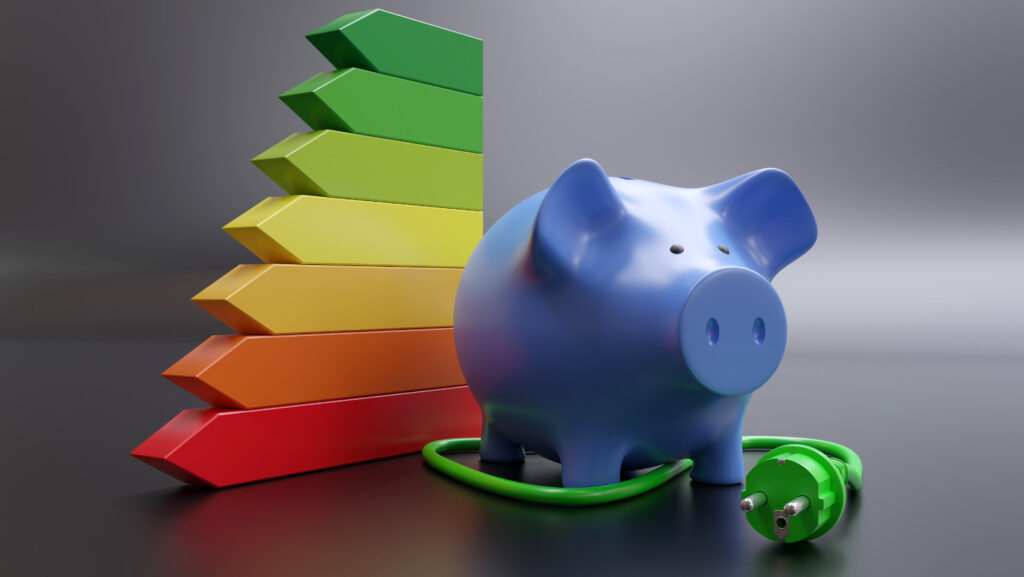Introduction
Electrifying your home is the ideal answer, regardless of whether cost-saving or switching to safer and more environmentally friendly power sources are your main priorities. Many homes are shifting towards electric power. People are buying electric vehicles (EVs) and swapping gas stoves for electric ones. Whether you’re aiming to save money or adopt safer, eco-friendly power sources, switching to electricity is a smart choice. This article will explain how to bring electricity into your home, its advantages, and what you need to replace to make the switch.
What exactly does it mean to electrify your house?
To electrify your home means replacing any gas-based appliances with electric versions. The goal is to get rid of carbon emissions and switch to appliances with zero emissions, which are often safer and more efficient.
To electrify your home, you can replace your natural gas heating system with an electric heat pump or swap a gas stove for an electric one, eliminating the need for natural gas entirely. This is just one example of changes you can make to fully electrify your home
What needs to be replaced to electrify your house?
You need to update a few things to start electrifying your home. These may be your entire heating system or even your car. The main items you should consider replacing to electrify your home are listed below.
1. Stove
The first step in electrifying your home is to switch from a gas cooktop to an induction one. The U.S. Consumer Product Safety Commission plans to ban gas stoves amid rising health and respiratory problems concerns. Because of this, more households are considering replacing gas stoves with induction stovetops. Electricity powers induction stoves, which are also safer than older electric stoves.

2. System for heating and cooling
The efficiency of heat pump technology is constantly improving. Thus reducing your power costs and making your house more pleasant all year round. Heat pumps are an efficient and effective way to heat your home. Moreover, if you don’t already have one, add an air conditioning system.
3. Hot water heater
Your home’s heater can be switched from gas to electric. If fueled by gas, you may replace it with a solar hot water heating system or even an electric hot water heater. Solar hot water heaters use the heat from the sun to warm the water in your home. Furthermore, they’re an excellent way to use solar energy to complete the process to give electricity for your home.
4. Dryer
Examining your stove and hot water heater. Furthermore, pay attention to the type of energy your dryer uses to dry your clothes. Your dryer might be powered by gas or electricity, depending on how the rest of your house is set up. There are contradicting opinions on the better option, the gas or electric dryer. Gas dryers are more efficient, dry a load of laundry more quickly, and are compatible with a standard electrical outlet. Electric dryers are cheaper to buy upfront, user-friendly, and safer. Electric dryers will be more economical and environmentally friendly if solar panels are installed.

5. Car
Driving an electric vehicle can cost less than gasoline-powered vehicles. They also require less maintenance and operational costs, further increasing your savings. You can charge your car overnight while you sleep and save money on gas. You’ll have the maximum savings potential if you use a solar panel system to charge your EV. Use DroDroneQuote’s calculator to calculate your savings and how many solar panels you need to set up your EV.
6. Electrical panel
Depending on your current electrical panel size, you must upgrade the order or install a subpanel to support greater electrical demands. A system enabling you to monitor and regulate your electricity usage is also a great addition. An example is Emporia, a monitoring device that lets you get real-time data on how much electricity your appliances consume.
7. Other energy-efficient upgrades
Start by checking that your appliances are Energy Star certified and condone a lot of electricity. You can make minor improvements around your home to ensure it works as efficiently as possible.
The Advantages of Electrifying Your Home
Your home becomes more efficient and environmentally friendly when the moment you electrify it. Long-term financial savings are another benefit of the improvements you’ll make. Here are the main advantages:
1. Efficiency
You will replace outdated appliances with newer, more efficient equipment as you electrify your home. Even if you already have electric devices, consider changing them if they are old. All the modifications from gas to electric appliances mentioned above are more efficient. They can be readily monitored using a home energy management system.
2. Environment
You can save money and reduce the need for natural gas by powering your home entirely with renewable energy. Installing a solar system in your home will allow you to power it with solar energy. You can also join a community solar farm to save electricity annually.
3. Safety
Electrifying your home can be a significant safety improvement, especially if you replace a gas range with an electric burner. Newer electric cooking gadgets cool down rapidly, providing you greater peace of mind.
4. Savings
You can also set yourself up for long-term savings by installing smart home energy management systems. According to a study by Rewiring America, you may save up to $2,500 annually by fully electrifying your home.

Benefits and Drawbacks of Giving Electricity to Your Home
When planning your budget for a property improvement, can be scary, just as with any other home improvement. It is expected to question whether going electric at home will be financially or logistically worthwhile. Moreover, even though you might be interested in lowering your carbon footprint.
Pros
- Appliance lifetime costs are reduced.
- Possibility of lowering carbon footprint.
- Solar panels and renewable energy systems are easily incorporated.
- There is a lower possibility of a gas leak, poor indoor air quality, and health risks.
- There are numerous federal and municipal incentives available.
- Off-grid capability for the entire house with battery backup storage.
Cons
- Installing home improvements can be costly upfront.
- It increases the power consumed at home, which might be more expensive than gas.
- Not all property owners are eligible for incentives.
- Payback periods vary.
Is It Time to Electrify Your House?

Understanding the pros and cons of electrifying your home can help you decide the best action.
This can be a continuous process for those who cannot afford to replace two or three major household appliances immediately; even people choose to do it all at once when building a new home.
By electrifying immediately, homeowners may cut their property’s footprint, minimize their equequipment’sfetime expenses, and lessen air quality risks.
Homeowners have the most control over the source and cost of the energy used on their property when electricity and PV solar are combined.
Let DroneQuote help you electrify your home.
If you’re considering installing solar panels, please contact DroneQuote. We can help you design the most efficient solar panel systems for your electricity needs. We let customers’ views attest to our commitment to providing the best service possible. To get started, contact us for free solar designs and multiple quotes. Start your solar journey and save right away.
